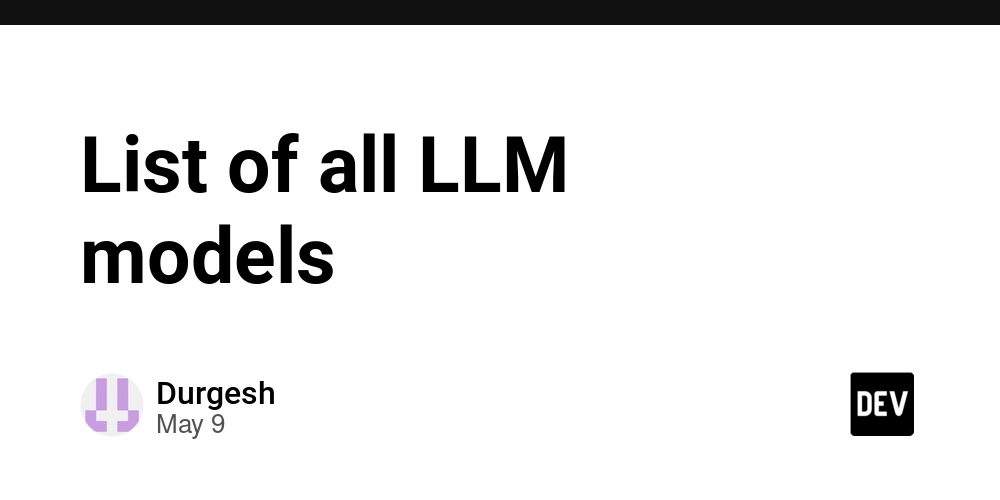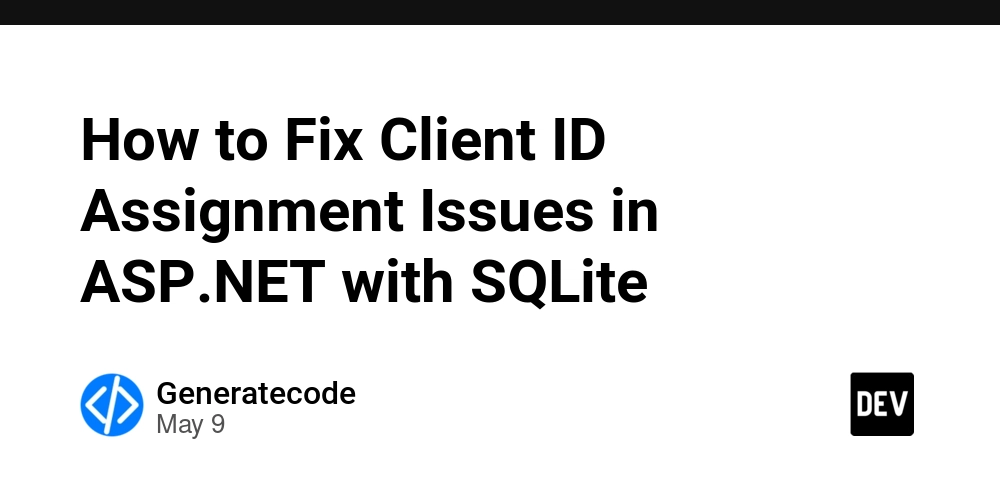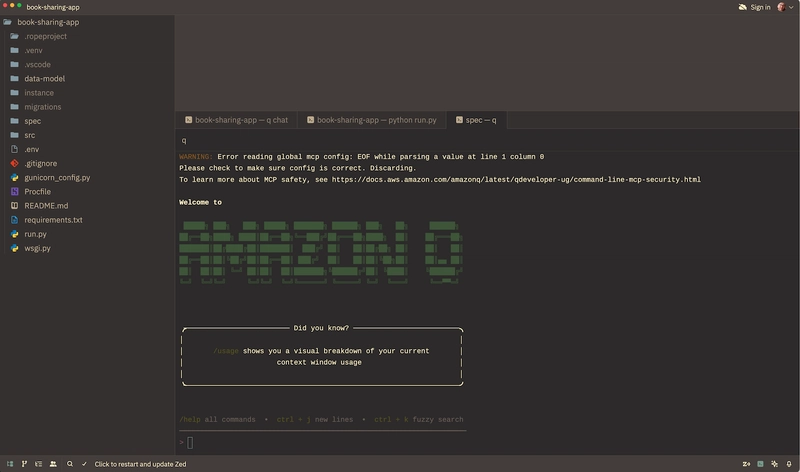DeepSeek-Prover-V2: Bridging the Gap Between Informal and Formal Mathematical Reasoning
While DeepSeek-R1 has significantly advanced AI’s capabilities in informal reasoning, formal mathematical reasoning has remained a challenging task for AI. This is primarily because producing verifiable mathematical proof requires both deep conceptual understanding and the ability to construct precise, step-by-step logical arguments. Recently, however, significant advancement is made in this direction as researchers at DeepSeek-AI […] The post DeepSeek-Prover-V2: Bridging the Gap Between Informal and Formal Mathematical Reasoning appeared first on Unite.AI.


While DeepSeek-R1 has significantly advanced AI’s capabilities in informal reasoning, formal mathematical reasoning has remained a challenging task for AI. This is primarily because producing verifiable mathematical proof requires both deep conceptual understanding and the ability to construct precise, step-by-step logical arguments. Recently, however, significant advancement is made in this direction as researchers at DeepSeek-AI have introduced DeepSeek-Prover-V2, an open-source AI model capable of transforming mathematical intuition into rigorous, verifiable proofs. This article will delve into the details of DeepSeek-Prover-V2 and consider its potential impact on future scientific discovery.
The Challenge of Formal Mathematical Reasoning
Mathematicians often solve problems using intuition, heuristics, and high-level reasoning. This approach allows them to skip steps that seem obvious or rely on approximations that are sufficient for their needs. However, formal theorem proving demand a different approach. It require complete precision, with every step explicitly stated and logically justified without any ambiguity.
Recent advances in large language models (LLMs) have shown they can tackle complex, competition-level math problems using natural language reasoning. Despite these advances, however, LLMs still struggle to convert intuitive reasoning into formal proofs that machines can verify. The is primarily because informal reasoning often includes shortcuts and omitted steps that formal systems cannot verify.
DeepSeek-Prover-V2 addresses this problem by combining the strengths of informal and formal reasoning. It breaks down complex problems into smaller, manageable parts while still maintaining the precision required by formal verification. This approach makes it easier to bridge the gap between human intuition and machine-verified proofs.
A Novel Approach to Theorem Proving
Essentially, DeepSeek-Prover-V2 employs a unique data processing pipeline that involves both informal and formal reasoning. The pipeline begins with DeepSeek-V3, a general-purpose LLM, which analyzes mathematical problems in natural language, decomposes them into smaller steps, and translates those steps into formal language that machines can understand.
Rather than attempting to solve the entire problem at once, the system breaks it down into a series of “subgoals” – intermediate lemmas that serve as stepping stones toward the final proof. This approach replicates how human mathematicians tackle difficult problems, by working through manageable chunks rather than attempting to solve everything in one go.
What makes this approach particularly innovative is how it synthesizes training data. When all subgoals of a complex problem are successfully solved, the system combines these solutions into a complete formal proof. This proof is then paired with DeepSeek-V3's original chain-of-thought reasoning to create high-quality “cold-start” training data for model training.
Reinforcement Learning for Mathematical Reasoning
After initial training on synthetic data, DeepSeek-Prover-V2 employs reinforcement learning to further enhance its capabilities. The model gets feedback on whether its solutions are correct or not, and it uses this feedback to learn which approaches work best.
One of the challenges here is that the structure of the generated proofs didn’t always line up with lemma decomposition suggested by the chain-of-thought. To fix this, the researchers included a consistency reward in the training stages to reduce structural misalignment and enforce the inclusion of all decomposed lemmas in final proofs. This alignment approach has proven particularly effective for complex theorems requiring multi-step reasoning.
Performance and Real-World Capabilities
DeepSeek-Prover-V2's performance on established benchmarks demonstrates its exceptional capabilities. The model achieves impressive results on the MiniF2F-test benchmark and successfully solves 49 out of 658 problems from PutnamBench – a collection of problems from the prestigious William Lowell Putnam Mathematical Competition.
Perhaps more impressively, when evaluated on 15 selected problems from recent American Invitational Mathematics Examination (AIME) competitions, the model successfully solved 6 problems. It is also interesting to note that, in comparison to DeepSeek-Prover-V2, DeepSeek-V3 solved 8 of these problems using majority voting. This suggests that the gap between formal and informal mathematical reasoning is rapidly narrowing in LLMs. However, the model's performance on combinatorial problems still requires improvement, highlighting an area where future research could focus.
ProverBench: A New Benchmark for AI in Mathematics
DeepSeek researchers also introduced a new benchmark dataset for evaluating the mathematical problem-solving capability of LLMs. This benchmark, named ProverBench, consists of 325 formalized mathematical problems, including 15 problems from recent AIME competitions, alongside problems from textbooks and educational tutorials. These problems cover fields like number theory, algebra, calculus, real analysis, and more. The introduction of AIME problems is particularly vital because it assesses the model on problems that require not only knowledge recall but also creative problem-solving.
Open-Source Access and Future Implications
DeepSeek-Prover-V2 offers an exciting opportunity with its open-source availability. Hosted on platforms like Hugging Face, the model is accessible to a wide range of users, including researchers, educators, and developers. With both a more lightweight 7-billion parameter version and a powerful 671-billion parameter version, DeepSeek researchers ensure that users with varying computational resources can still benefit from it. This open access encourages experimentation and enables developers to create advanced AI tools for mathematical problem-solving. As a result, this model has the potential to drive innovation in mathematical research, empowering researchers to tackle complex problems and uncover new insights in the field.
Implications for AI and Mathematical Research
The development of DeepSeek-Prover-V2 has significant implications not only for mathematical research but also for AI. The model's ability to generate formal proofs could assist mathematicians in solving difficult theorems, automating verification processes, and even suggesting new conjectures. Moreover, the techniques used to create DeepSeek-Prover-V2 could influence the development of future AI models in other fields that rely on rigorous logical reasoning, such as software and hardware engineering.
The researchers aim to scale the model to tackle even more challenging problems, such as those at the International Mathematical Olympiad (IMO) level. This could further advance AI’s abilities for proving mathematical theorems. As models like DeepSeek-Prover-V2 continue to evolve, they may redefine the future of both mathematics and AI, driving advancements in areas ranging from theoretical research to practical applications in technology.
The Bottom Line
DeepSeek-Prover-V2 is a significant development in AI-driven mathematical reasoning. It combines informal intuition with formal logic to break down complex problems and generate verifiable proofs. Its impressive performance on benchmarks shows its potential to support mathematicians, automate proof verification, and even drive new discoveries in the field. As an open-source model, it’s widely accessible, offering exciting possibilities for innovation and new applications in both AI and mathematics.
The post DeepSeek-Prover-V2: Bridging the Gap Between Informal and Formal Mathematical Reasoning appeared first on Unite.AI.









































































































































































![[The AI Show Episode 146]: Rise of “AI-First” Companies, AI Job Disruption, GPT-4o Update Gets Rolled Back, How Big Consulting Firms Use AI, and Meta AI App](https://www.marketingaiinstitute.com/hubfs/ep%20146%20cover.png)




























































































































![Ditching a Microsoft Job to Enter Startup Hell with Lonewolf Engineer Sam Crombie [Podcast #171]](https://cdn.hashnode.com/res/hashnode/image/upload/v1746753508177/0cd57f66-fdb0-4972-b285-1443a7db39fc.png?#)





























































.jpg?width=1920&height=1920&fit=bounds&quality=70&format=jpg&auto=webp#)




















































-Nintendo-Switch-2-Hands-On-Preview-Mario-Kart-World-Impressions-&-More!-00-10-30.png?width=1920&height=1920&fit=bounds&quality=70&format=jpg&auto=webp#)












































































































-xl.jpg)





























![New iPad 11 (A16) On Sale for Just $277.78! [Lowest Price Ever]](https://www.iclarified.com/images/news/97273/97273/97273-640.jpg)

![Apple Foldable iPhone to Feature New Display Tech, 19% Thinner Panel [Rumor]](https://www.iclarified.com/images/news/97271/97271/97271-640.jpg)





































































![[Weekly funding roundup May 3-9] VC inflow into Indian startups touches new high](https://images.yourstory.com/cs/2/220356402d6d11e9aa979329348d4c3e/WeeklyFundingRoundupNewLogo1-1739546168054.jpg)





























